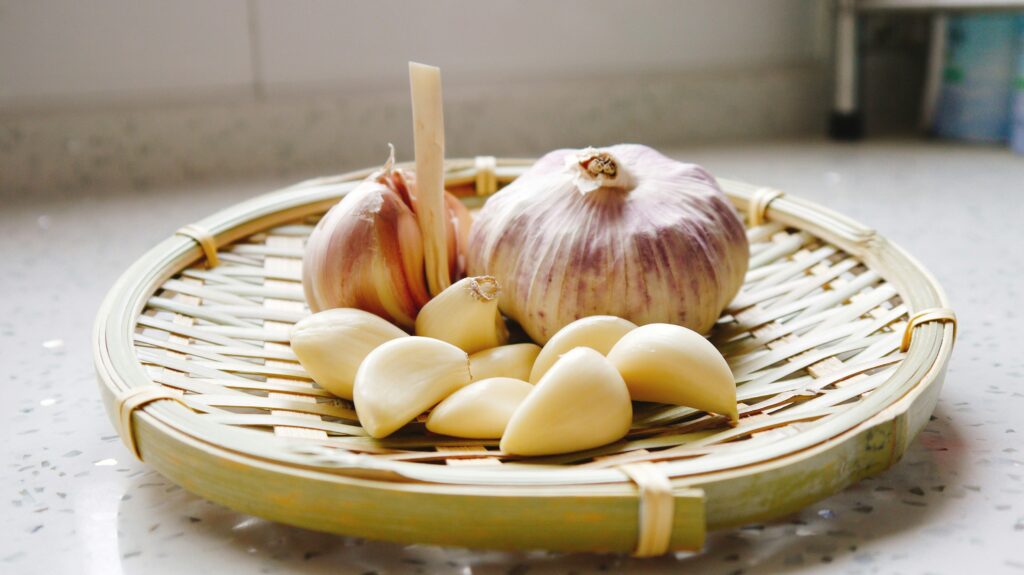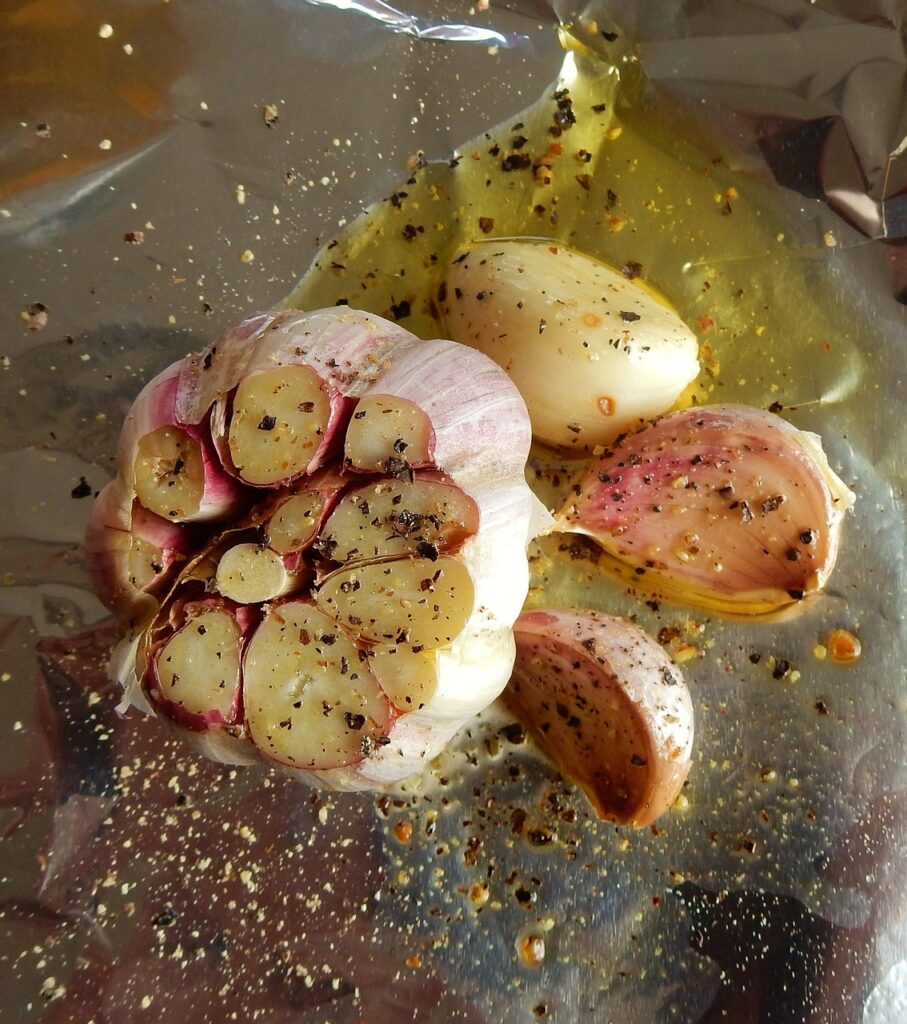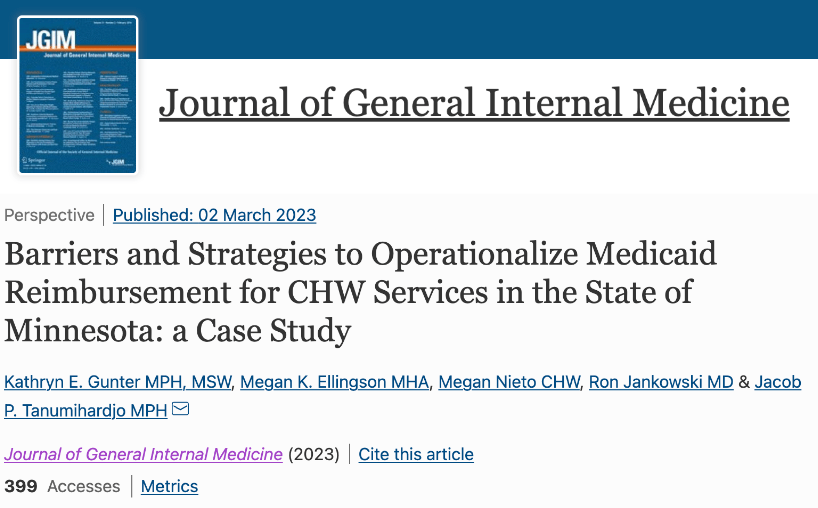
The Greek physician Hippocrates prescribed garlic for a variety of medical conditions. Ancient Egyptians considered garlic a symbol of good fortune, health, and protection. Indeed, this bulbous plant has been used for thousands of years by cultures worldwide and is considered one of the global cuisines’ most widely used ingredients. Modern medicine continues to research and confirm many ancient beliefs in garlic for disease prevention and treatment. Research shows eating garlic appears to suppress inflammation and boost our immunity by increasing natural killer cell activity. Apparently, the common cold is no match for the power of eating garlic.
But there is more!
One study showed those who ate at least one large clove of garlic a day had better artery function. Another study showed that, compared to placebo, a quarter teaspoon of garlic powder can not only improve artery function, but also lower cholesterol and blood pressure. The reason is because garlic contains many important vitamins and minerals, but it is the chemical called allicin, a type of antioxidant, which is thought to be responsible for its positive effects.
Now for the bad news. Garlic can cause side effects such as bad breath, heartburn, gas, or an allergic reaction in some people. These side effects are often worse with raw garlic. Also, people who are on blood thinners should not eat lots of garlic. Because it works so well on preventing blood clots, there is an increase bleeding risk.
For those who can tolerate eating garlic, I am including a recipe for roasted garlic. It is easy to prepare and adds a burst of flavor to many dishes (soups, sauces, and salads) and makes a great spread on toast or sandwiches. If you can, try to eat 2-3 roasted cloves a day.
Roasted Garlic (From How Not to Die Cookbook by Michael Greger, M.D.)
1 whole head garlic, or more
Preheat the oven to 400 degrees. Use a sharp knife to cut about 1/3 inch off the top of a whole garlic head to expose the tops of the garlic cloves. Wrap the garlic head in parchment paper or place in a small covered baking dish, cut side up, and place in the oven. If roasting more than one head of garlic, arrange them, cut side up, in a covered baking dish, or place each head in a separate well of a muffin pan and cover with an inverted cookie sheet. Bake for 35 to 45 minutes, or until the garlic cloves are soft and golden brown. Remove from the oven and uncover to let the garlic cool. When cool, gently squeeze each clove individually over a small bowl, allowing the soft, roasted garlic to slip out of the papery skin. (If it is not very soft and golden brown, it needs to be covered or rewrapped in the parchment and baked a few minutes longer). Enjoy the toasted garlic immediately or store it in the refrigerator in a container with a tight-fitting lid.





